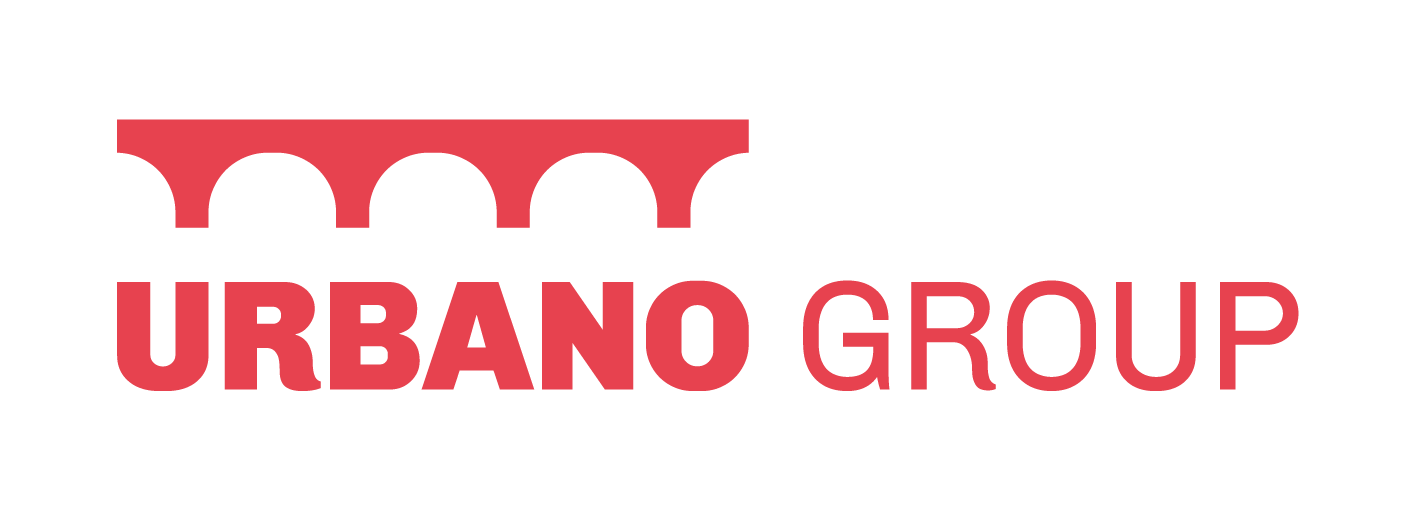Resource
Green roofs, also known as eco-roofs, vegetated roofs and living roofs have been around for thousands of years. Sod or turf roofs have been the most common roof type in rural Scandinavia since the vikings.
Even the Hanging Gardens of Babylon built around 600 B.C. were waterproofed with layers of reeds and thick tar prior to planting trees.
INDUSTRY TODAY
As for more current examples, Germany, widely considered a leader in green roof research, technology and usage, has vegetation on nearly 15% of all flat roofs. Some well know installations in the U.S. include the Rockefeller Center in New York City (1930) and Chicago City Hall (2001). Greenroofs.com, the international online information portal for the green roof industry currently has projects submitted into the database, claiming over 14 million square feet of vegetated roofs in the US alone. Click here to learn about the evolution of the green roof movement.
BENEFITS
Growing popularity of the living roof systems in the U.S. is just another proof to the numerous benefits that they have. Green roofs are aesthetically pleasing and can provide additional amenity space to the building users. They have numerous environmental benefits, such as storm water run-off volume and rate of discharge reduction, pollutants filtration, carbon dioxide absorption and establishment of natural habitat. They are also known to reduce urban heat island effect, and reduce heating and cooling loads of a building. The biggest economic benefit, however, is in prolonging the life of the waterproofing membrane. Some research shows that reducing surface temperature fluctuation and exposure to the sun can double or triple the life expectancy of the waterproofing membrane. Another factor, often overlooked, is that by providing additional exposure to nature, green roofs contribute to overall increase in health and productivity of the building occupants.
TYPES OF SYSTEMS
There are three types of vegetative roof systems: Intensive, Extensive and Semi-Intensive. Intensive systems can accomodate trees, shrubs, gardens and can support frequent visits by large groups of people. These systems require a minimum of one foot of soil and add anywhere from 80 to 150 lbs per square foot to the building structure. Intensive systems require complex irragation and drainage systems, and need to be designed by structural engineers. Extensive systems are intended for various ground covers like native grasses, low maintenance hardy sedums and other succulent plants. Extensive systems need anywhere from 1 to 5 inches of soil and add anywhere from 12 to 50 lbs per square foot to the existing structure, depending on the soil mix and substrate. This allows SOME extensive systems to be installed on existing roof without any additional structural reinforcement. They offer the same benefits as intensive systems, but are usually not designed for public access. Irrigation and drainage systems are simple (dpending on the plant selection irragation systems can be eliminated altogether), and after the plants are established only annual inspections are required in terms of maintenance.
Source: Schloz-Barth, Katrin. 2001. "Green Roofs: Stormwater Management From the Top Down." Environmental Design & Construction. January 15.
SYSTEMS WE INSTALL
To minimize cost and potential structural problems, we specialize in light weight extensive vegetative roofs, both pregrown modular and planted on site. If appropriate structural capacity is in place, or the budget allows reinforcement, we can design and install intensive and semi-intensive systems. We are certified to install Live Roofmodular systems. We provide consulting, design, installation and maintenance services for our own custom systems, as well as those by other manufacturers.




